Top Data Science Programming Languages
In recent years, data science has become a vital component of many enterprises. It entails extracting insights and information from data using statistical and computational methodologies. Data science requires the use of programming languages capable of processing enormous volumes of data and executing complicated algorithms. This blog article will go through the top data science programming languages used by data scientists all around the world.
Python
Python is widely recognized as a top choice for data science programming. This versatile language finds applications in various domains, such as web development, scientific computing, and data analysis. One of the most significant advantages of Python for data science is its vast library and framework support, including NumPy, Pandas, and Scikit-learn.
To illustrate Python’s capability for data analysis, let’s consider an example of performing linear regression on a dataset using Python:
import pandas as pd
from sklearn.linear_model import LinearRegression
# Load the dataset
data = pd.read_csv('data.csv')
# Extract the input and output variables
X = data[['x']]
y = data['y']
# Create a linear regression model
model = LinearRegression()
# Fit the model to the data
model.fit(X, y)
# Predict the output variable for a new input variable
y_pred = model.predict([[5]])
print(y_pred)R
R is yet another prominent data science programming language. It is intended primarily for statistical computation and data processing. R provides a plethora of tools and packages that make working with data simple, such as dplyr, ggplot2, and caret.
Here’s an example of how R can be used to accomplish dataset clustering:
library(dplyr)
library(ggplot2)
library(caret)
# Load the dataset
data <- read.csv('data.csv')
# Extract the input variables
X <- select(data, x1:x3)
# Perform clustering
model <- kmeans(X, centers = 3)
# Visualize the clusters
ggplot(data, aes(x = x1, y = x2, color = factor(model$cluster))) + geom_point()SQL
Structured Query Language (SQL) is a specialized computer language that is specifically designed for use with relational databases. It is a popular choice for data management and analysis tasks. Due to its robustness, SQL can efficiently manage massive datasets and is widely used by data scientists for data preparation and querying purposes.
Here’s an instance that showcases how SQL can be leveraged to extract information from a database:
SELECT * FROM orders WHERE order_date BETWEEN '2022-01-01' AND '2022-12-31'
Julia
Julia is a modern programming language that is purpose-built for high-performance computing. Due to its exceptional speed and user-friendliness, it has garnered significant attention from data scientists. Julia also offers an expanding library of packages and tools that simplify data processing, such as DataFrames, MLJ, and Flux.
Let’s examine an example that demonstrates how Julia can be utilized to execute logistic regression on a dataset:
using DataFrames, GLM # Load the dataset data = DataFrame(x = [1, 2, 3], y = [0, 1, 0]) # Perform logistic regression model = glm(@formula(y ~ x), data, Binomial(), LogitLink()) # Predict the output variable for a new input variable y_pred = predict(model, DataFrame(x = [4])) println(y_pred[1])
Conclusion
The top data science programming languages are Python, R, and SQL. Each language has its unique features and advantages, making it suitable for different aspects of data science. Python is ideal for building end-to-end solutions, R is ideal for statistical analysis and visualization, and SQL is ideal for data storage and retrieval. However, mastering any of these languages requires time, effort, and continuous learning. With dedication and practice, you can become a skilled data scientist capable of using these languages to extract insights and value from data.



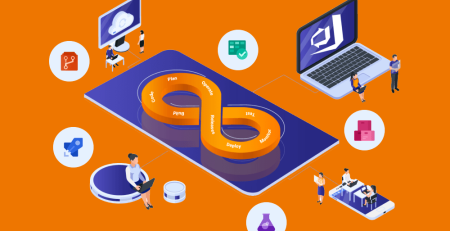
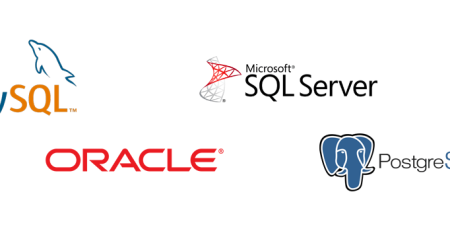
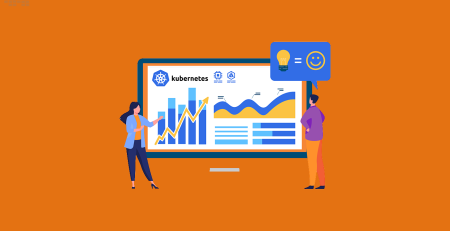

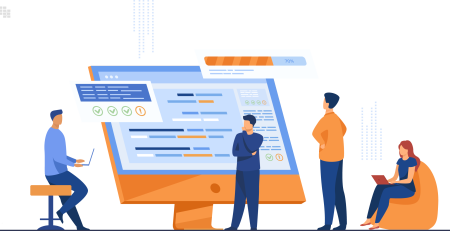

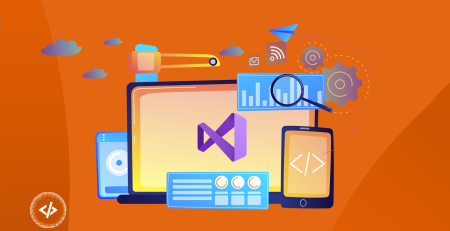
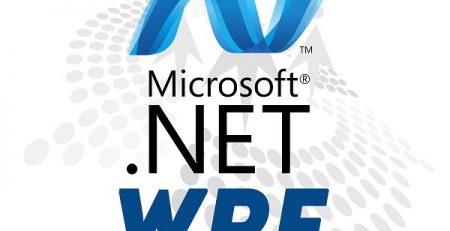
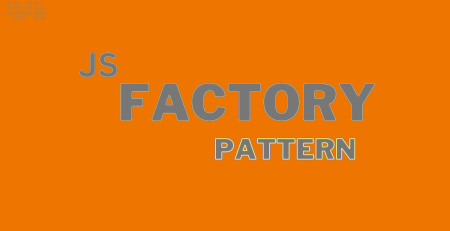

Leave a Reply